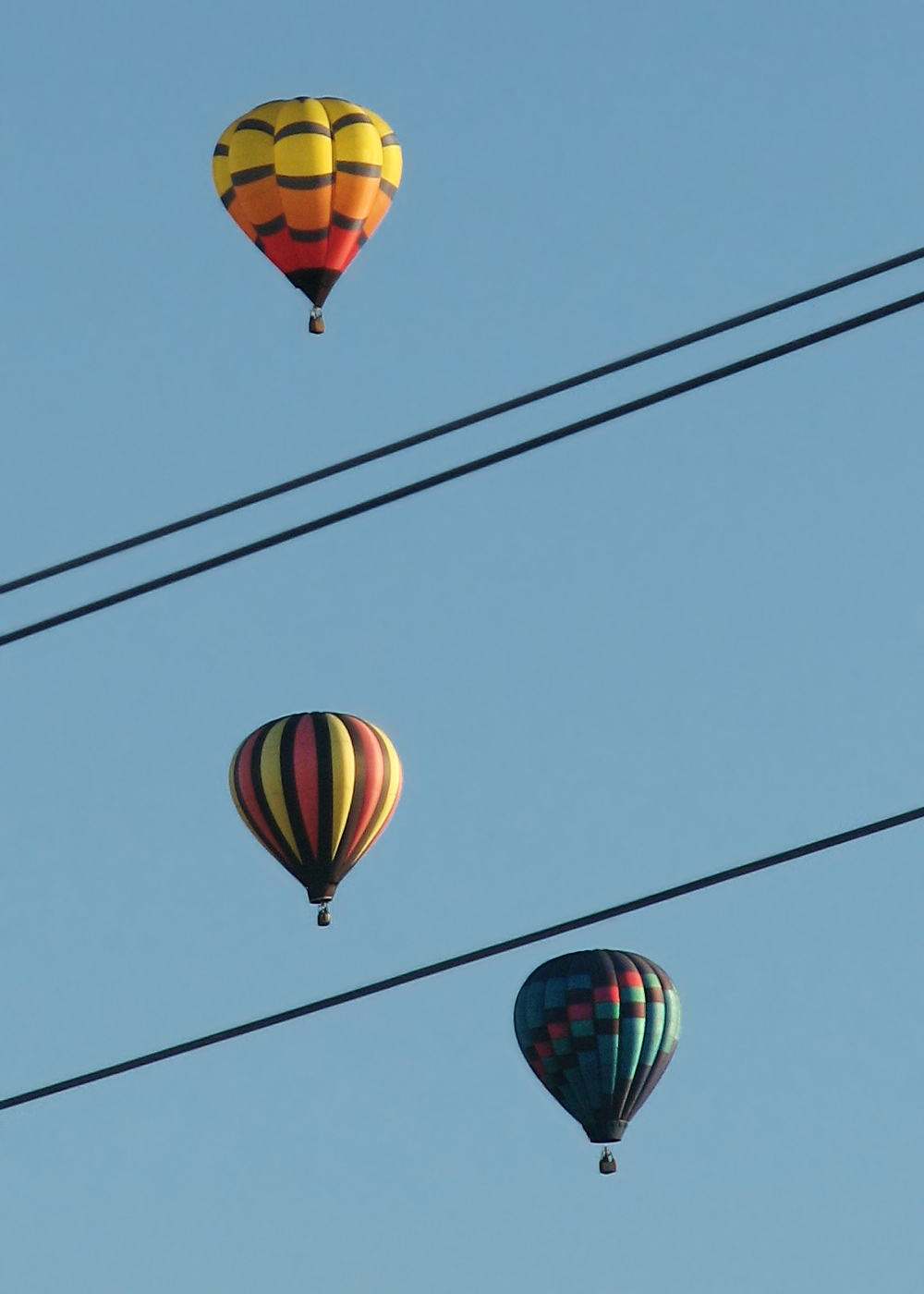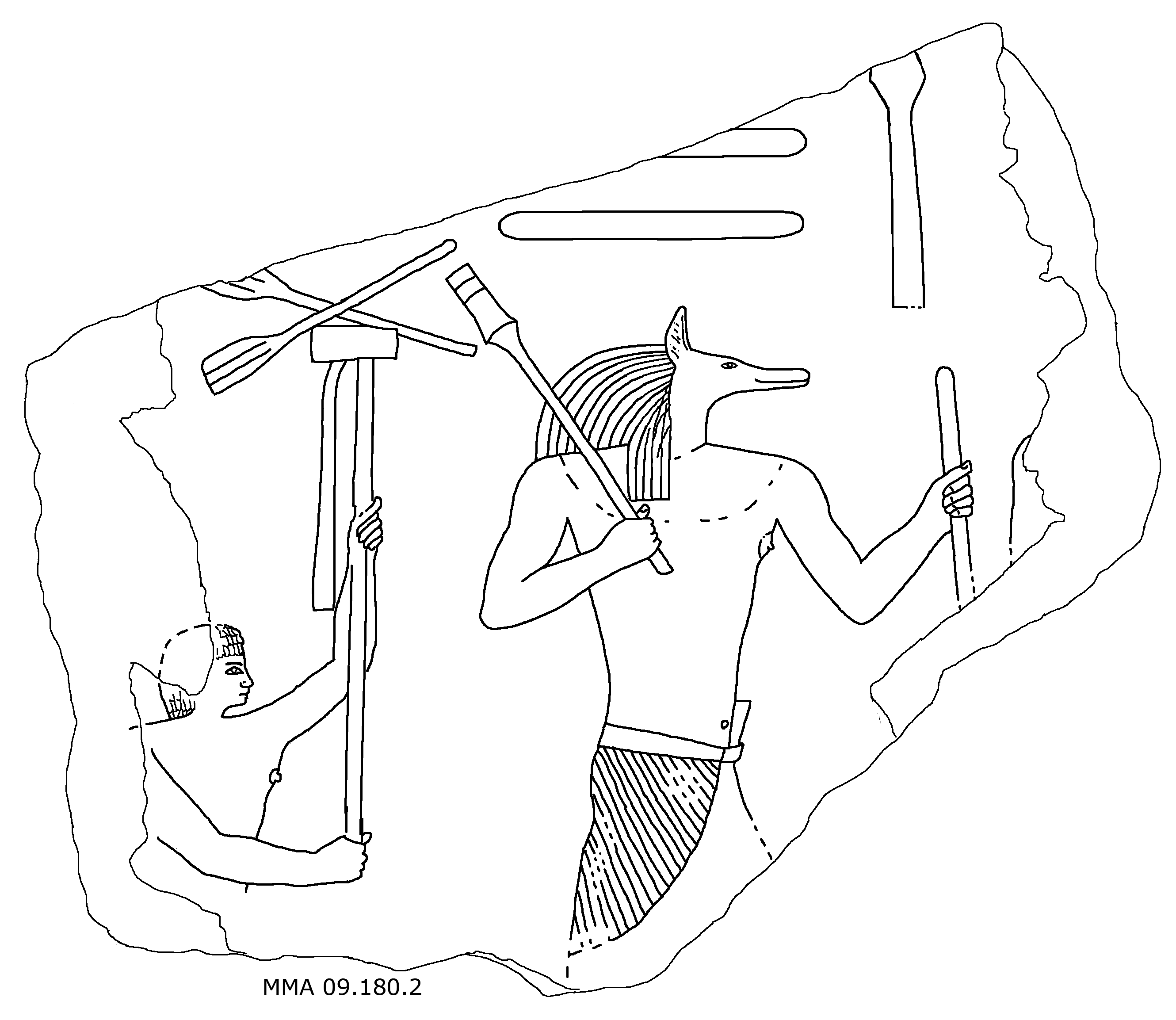|
The Met Museum has made many of their publications available via pdf. I discovered "Re-Used Blocks from the Pyramid of Amenemhet I" and enjoyed reading it. I took the accession numbers and whenever possible, sought the most current photo of each block, to examine as I read Hans Goedicke's descriptive text:
"A representation of Wep-wawet occupies the center of this relief. He is depicted in therio-anthropomorphic form, as a man with the head of a canine animal. The transition between the two
elements is not as smooth as usual in compositions of this kind, the widely curving stripes of the locks
attached to the animal face being particularily unfortunate. A distinct line around the neck separates the
head from the human body. The attitude is not a customary one for the representation of deities but quite
usual for human dignitaries; therefore it is quite probable that the figure is that of a priest wearing an
animal mask. The use of masks in the performance of cult acts can only be proved for the late period of
Egyptian history but most likely was the habit at all times, although the reliefs rarely reflect such
customs.
"His only garment is the short kilt, the overlapping end of which is diagonally pleated. In his forward
hand is, not the w3s-scepter customary for deities but a long walking stick such as officials
carry. His other hand, held before his breast, grasps the long handle of a shm-scepter
that rests on his shoulder, like the walking stick not a usual mark of deities."
[For example, Merti, a high official and provincial governor, carries the sekhem scepter and walking stick]
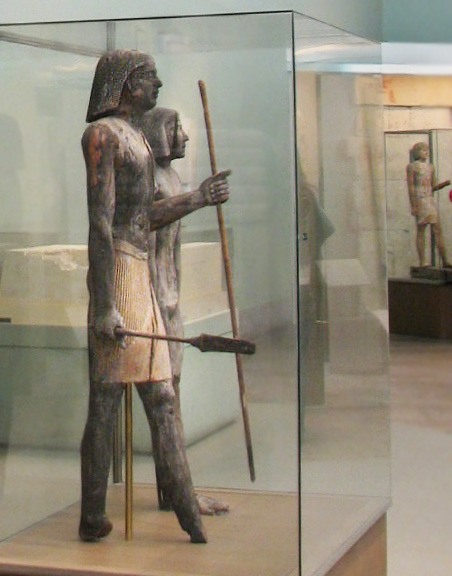
"A few hieroglyphs remain at the top of the block; they state that the name of the figure is hrp-t3wy, 'Leader of the
Two Lands,' a frequent epithet of Wep-wawet.
"Another figure, of which only traces of the shoulder remain, preceded Wep-wawet, and following him is
still another, much smaller in scale, holding up a kind of standard with a small crossbar upon which a pair
of crossed arrows rests. Arrows and Wep-wawet, the latter usually upon a standard, belong close
together at the front of representations of the procession of the king.
"A therio-anthropomorphic representation of Wep-wawet is not known from the Old Kingdom. Reliefs of
this period represent the god in his animal form, sometimes accompanied by the standard with the
crossed arrows. The arrangement found here is, as far as I am aware, unparalleled. It seems to be part
of a large scene showing a royal ceremonial procession in a factual way; priests impersonating the gods,
not the gods themselves, precede the king, whose figure we must assume to the left. The scene
undoubtedly illustrates a ritual act, presumably connected with the celebration of the Sed-
festival." (Hans Goedicke, "Re-Used Blocks from the Pyramid of Amenemhet I", The
Metropolitan Museum of Art Egyptian Expedition, Volume XX, 1971, pages 29-30)
By taking the largest photo available and enlarging it a bit, I made a trace whereby that "unfortunate' hairpiece can be visible. The Fourth Dynasty artist messed up the lines a bit! I don't feel so bad about my mistakes. (Also, I saw possible evidence of a neck collar?)
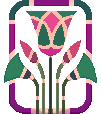
Tuesday, November 27, 2012
"BOOK Images of Set is AVAILABLE!!!"
6:34pm
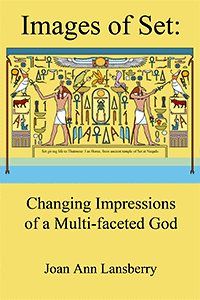
BOOK Images of Set: Now Available!!!
Available at the publisher's site
And available at Amazon!
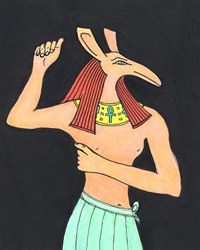
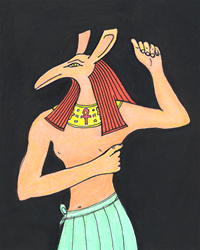
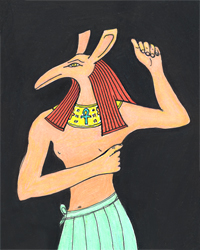
Set does the happy henu dance!
|

